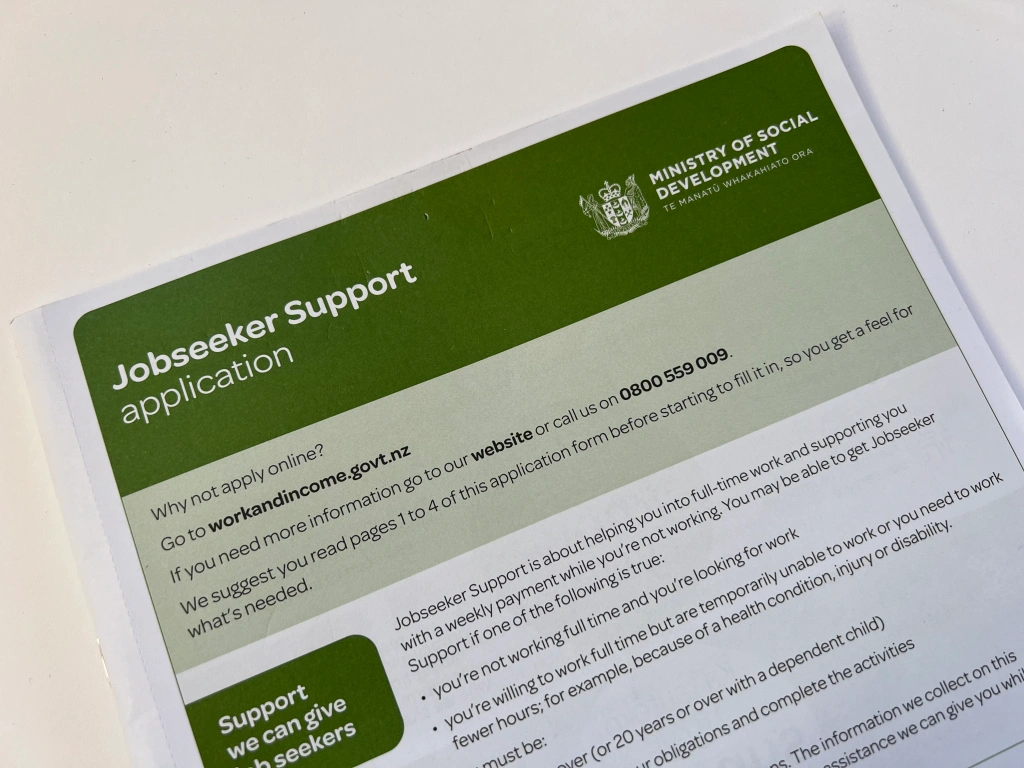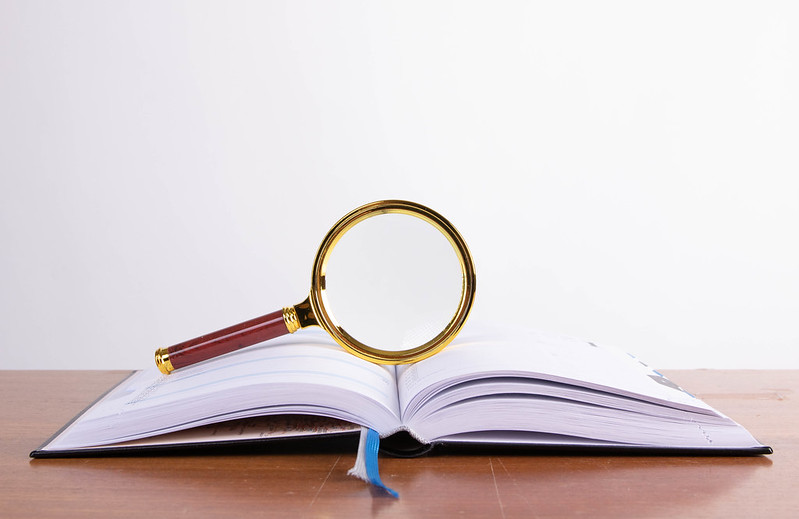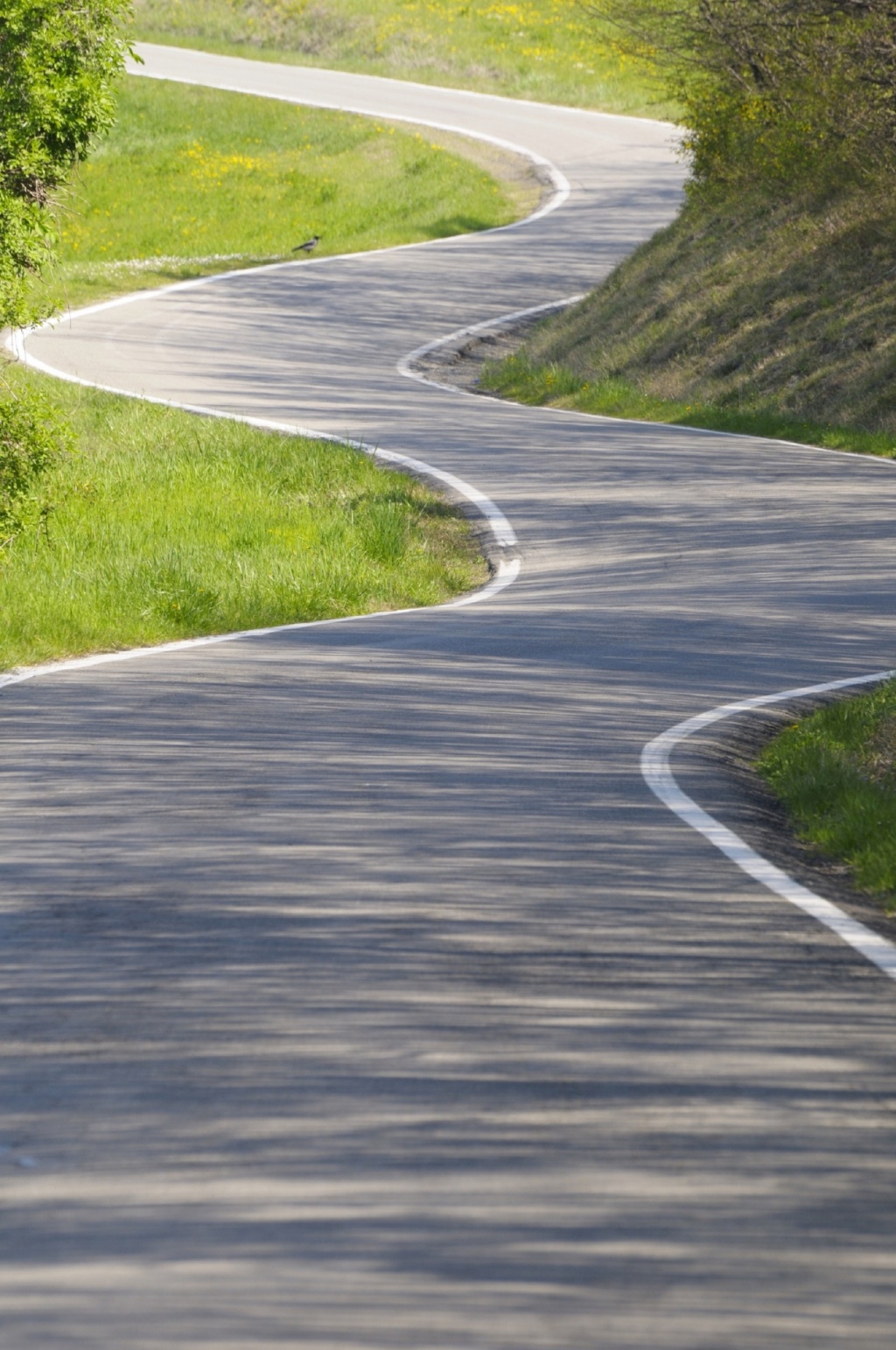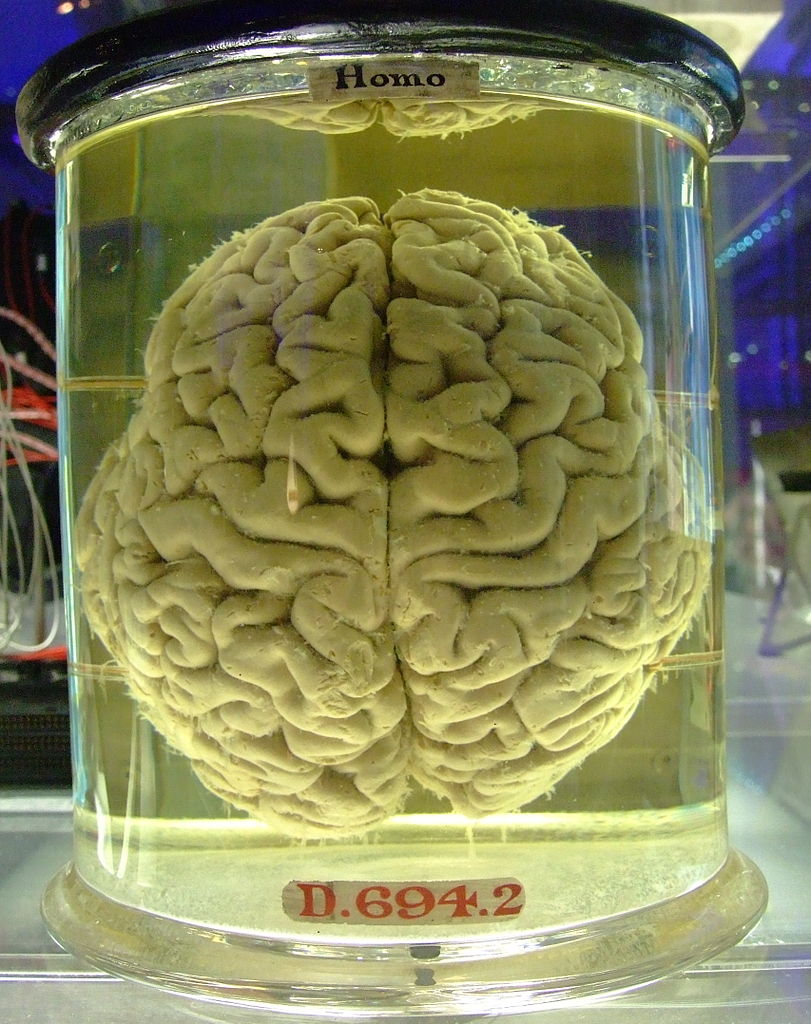This is part of an occasional series of broadcasting memories.
From 1985-1987 I worked for Radio New Zealand as a broadcast sound engineer. This was as a member of Radio New Zealand’s Wellington outside broadcast (OB) section, led by Trevor Barker, and later Tony Burns.
One of the jobs we had to do was horse racing – both harness and gallops.
The two courses I mostly worked at were Trentham – where Alan Bright would call the races – and the night trots at Hutt Park.
The setup for Trentham races was fairly standard – a Shure SM58 for the commentator, an SM61 (omni-directional) for crowd effects, an AWA Bar 2 mixer, and a special line amplifier. This last bit of technology was designed to put out high level signal (+10dBm) at low impedance to help overcome the long run of underground copper between Trentham and broadcasting house. There was also a headphone amplifier for two sets of headphones – one for me to mix on, the other for Alan to hear the radio cue feed. The cue feed was a direct link to the studio, which had audio from the broadcast, but could be interrupted if the studio wanted to talk to us.
Radio New Zealand had fixed copper lines to many of the sports venues around Wellington. Trentham being the furthest, had to be patched via the Upper Hutt exchange to Lower Hutt, then Lower Hutt to the Central Exchange, and then to Broadcasting House on Bowen Street. Each venue was put through a special line equaliser to reclaim the high frequencies, but Trentham was a special case because of the distance and required the ‘booster amp’. I was told to never let anyone from the Post Office see it, as there were strict rules around the level (0dBm) and impedance (600 ohms) that had to be adhered to.
At the time, the broadcasting box was at the left end of the members’ stand, on the edge, right across from the finish line, and just above the bird cage – the place where horses and riders parade before and after the race. It was a fairly compact arrangement, with just enough room for two – one standing (Alan) and one sitting (me).
All of the races would be broadcast on Radio New Zealand’s commercial network. The on-air host would contact Alan near race time to get an idea if they would be on time, and would time the start of the broadcast to suit.
There is actually quite a lot to do during a race, even with just two mics. When the commentator is talking on-course, such as when the horses are going into the starting stalls, his voice is at a slightly elevated level. As soon as the barriers open, the level goes up at least 10dB, and you have to drop the fader down a split second before he starts the main commentary. Near the end of the race the voice levels tails off. Against that you have to balance the sound effects. If you wanted to be really flash you could put a radio mic out by the finish line so you could capture the sound of the horses as they crossed.
Alan Bright always wore a suit and tie, and I recall he’d break a sweat during the race and have to mop his brow with a handkerchief at the end.
On one occasion a guy come down to the box to speak to Alan, and asked if he had a tip ‘for 5′ for the next. Alan gave him the tip and later told me that would be $500, quite a lot in 1985 for someone like me who was on about $4.50 an hour.
The biggest win I saw was a $10,000 trifecta. The two guys – who had pretty clearly won it – were down below the broadcast box when Alan announced the winnings, and they were yahooing and jumping around hugging each other.
My colleague at the time, John Tonkin, suggested to me to take a $1 for each race just to keep the interest up. I only bet on one, and won $2.
Food at these events was a mixed bag. There was a press box up at the back of the members’ stand, but it was thick with cigarette smoke, and not that enticing.
Night trotting was far less frequent, and held at Hutt Park. The only commentator I can recall was Reon Murther, who’d come up from the west coast to fill in for someone. At Hutt Park the photo-finish camera was up behind the booth, and sometimes they would let us see the picture of the finish, if it was close, before taking it down to the judges. The interesting thing about a photo finish picture is that it takes just a sliver of the image at the finish line, and the film moves, so some of the horses can look quite distorted and out of shape.
Eventually the races stopped being staffed with sound engineers, these being replaced with COOBUs – commentator operated outside broadcast units. These were fairly low-fi if I recall correctly, with a fairly nasty audio compressor to flatten out the audio levels. Even though the COOBUs were sent out with effects mics, you could hardly ever convince anyone to hook them up, making for a pretty lifeless sounding broadcast.
Some years later, when I was working in the Sports Roundup studio, I overheard a couple of gents at a distant racecourse talking between races about the catering. One of them said to the other, “I have been working here for 13 years, and I know all the spuds on first name basis”. That pretty much sums it up.





Leave a comment